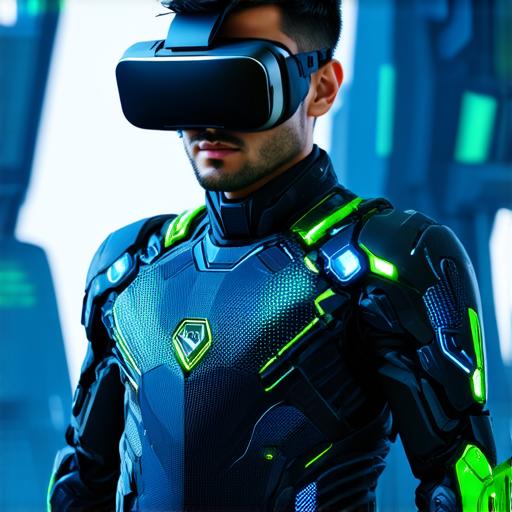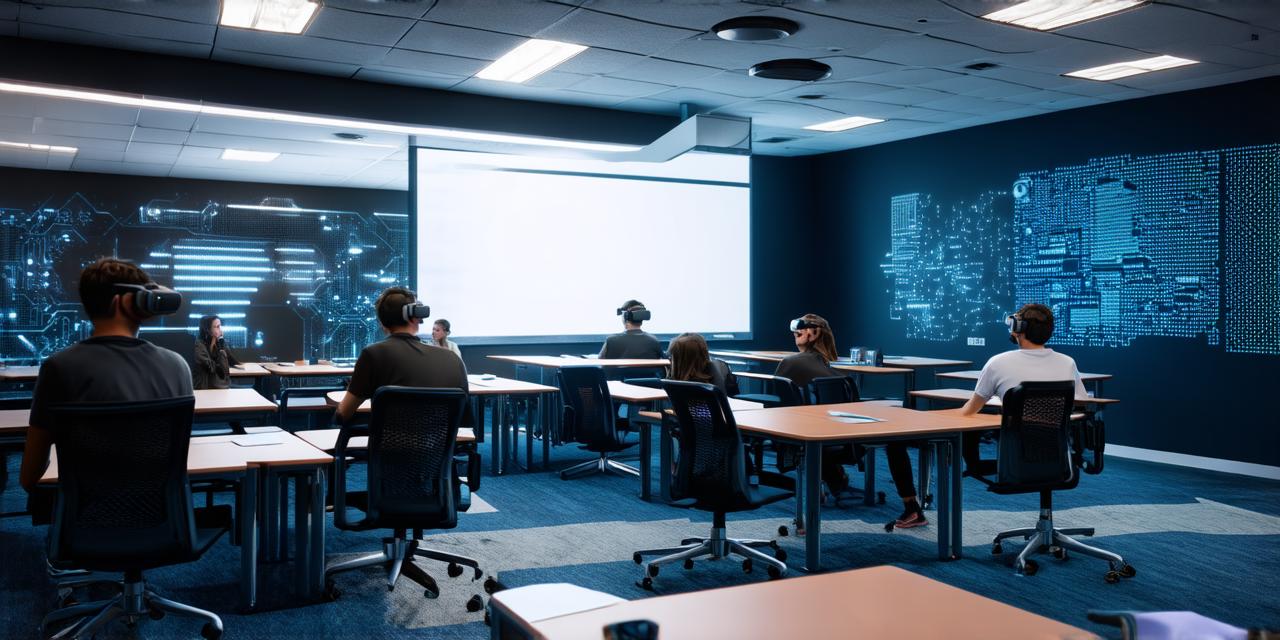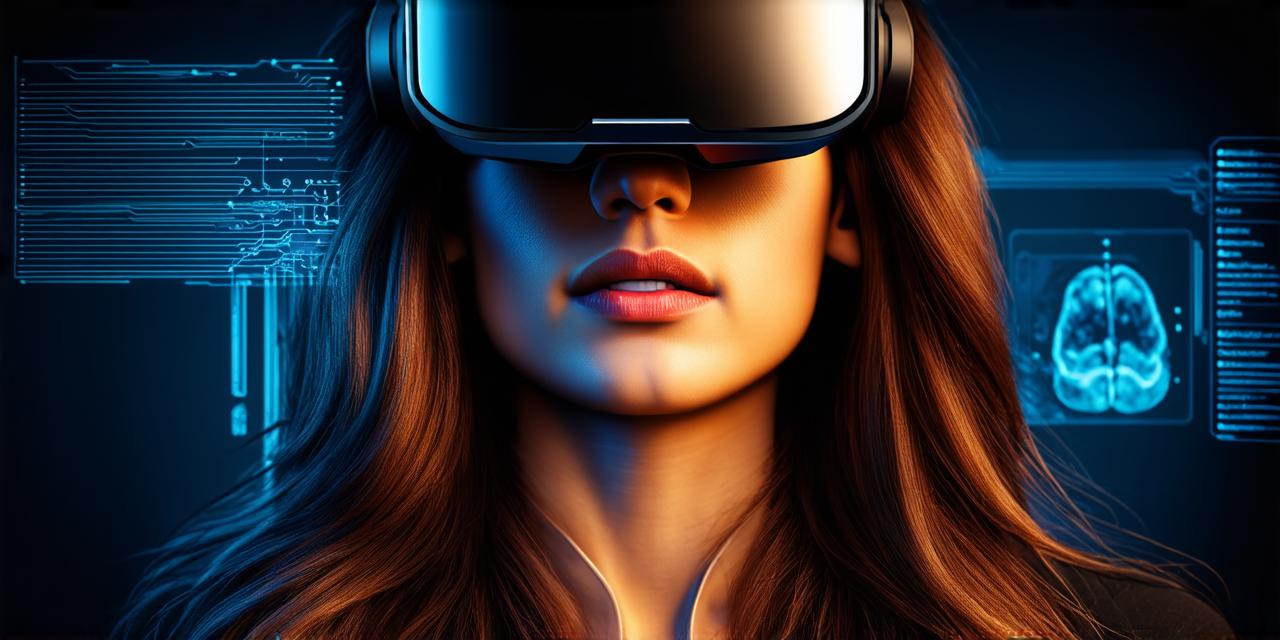The Growth of Virtual Reality
Virtual reality technology has come a long way since its inception. With advancements in hardware and software, VR is becoming more accessible and affordable for consumers and businesses alike. In recent years, we have seen the rise of virtual assistants, augmented reality (AR) devices, and social media platforms that allow users to connect with others in virtual environments.
The Future of Virtual Reality
As we look ahead to the next decade, what will the state of virtual reality be? There are several factors that will likely influence its growth and adoption rate.
One of the most significant trends in VR is its integration with artificial intelligence (AI) and machine learning (ML). AI and ML technologies have the potential to enhance the immersive experience of VR by providing personalized content and real-time interactions with virtual environments. This will likely lead to more realistic and engaging experiences for users, driving growth in the industry.
Another factor that will impact the future of VR is its integration with other emerging technologies such as 5G, edge computing, and quantum computing. These technologies have the potential to improve the speed and reliability of virtual environments, making them more accessible and immersive for users. This will likely lead to new applications for VR technology in fields such as entertainment, manufacturing, and transportation.

As VR technology continues to advance, it is also likely that we will see a shift towards more sustainable and environmentally friendly solutions. For example, VR could be used to reduce the need for physical travel, reducing carbon emissions and other environmental impacts. This will likely require new partnerships between VR companies and organizations focused on sustainability and environmental stewardship.
Real-Life Examples of Virtual Reality in Action
There are already many real-life examples of virtual reality being used to improve outcomes and enhance experiences in various fields. Here are a few:
Gaming
Virtual reality gaming has come a long way since its early days. Today, VR games offer incredibly immersive and realistic experiences that can transport users into new worlds and environments. For example, the popular game “Beat Saber” uses virtual reality to create an engaging and interactive musical experience for players. The game has become wildly popular among gamers of all ages and skill levels, highlighting the potential of VR technology for entertainment.
Training and Simulation
Virtual reality is also being used increasingly for training and simulation purposes. For example, military personnel use VR simulations to practice combat scenarios in a safe environment. This allows them to improve their skills and prepare for real-world situations without putting themselves or others at risk. Similarly, healthcare professionals use VR simulations to practice surgeries and other medical procedures, reducing the need for live patients and improving outcomes.
Real Estate
Virtual reality technology has also become increasingly popular in the world of real estate. Using 360-degree cameras and other tools, real estate agents can create virtual tours of properties that allow potential buyers to explore them in a completely immersive way. This can save time and money for both buyers and sellers, as they no longer need to schedule in-person visits.
Challenges and Limitations
While virtual reality technology has shown incredible promise, there are also challenges and limitations that must be addressed. One of the biggest challenges is the cost of VR equipment and software. While prices have been decreasing over the past few years, many consumers still find it difficult to afford the technology. This will likely limit its adoption rate in some areas.
Another challenge for VR technology is the potential for motion sickness and discomfort. Some users may experience dizziness or nausea when using VR devices, which can limit their engagement with virtual environments. This will likely require continued research and development to improve the comfort and accessibility of VR technology.
Conclusion
As we look ahead to the next decade, the state of virtual reality is likely to continue growing and evolving. With advancements in AI, ML, and other emerging technologies, virtual reality has the potential to transform many industries and enhance experiences for users around the world. However, challenges such as cost and discomfort will need to be addressed in order to ensure its continued growth and adoption. Ultimately, the future of VR is bright, and we can expect to see even more exciting developments in this rapidly evolving technology.




